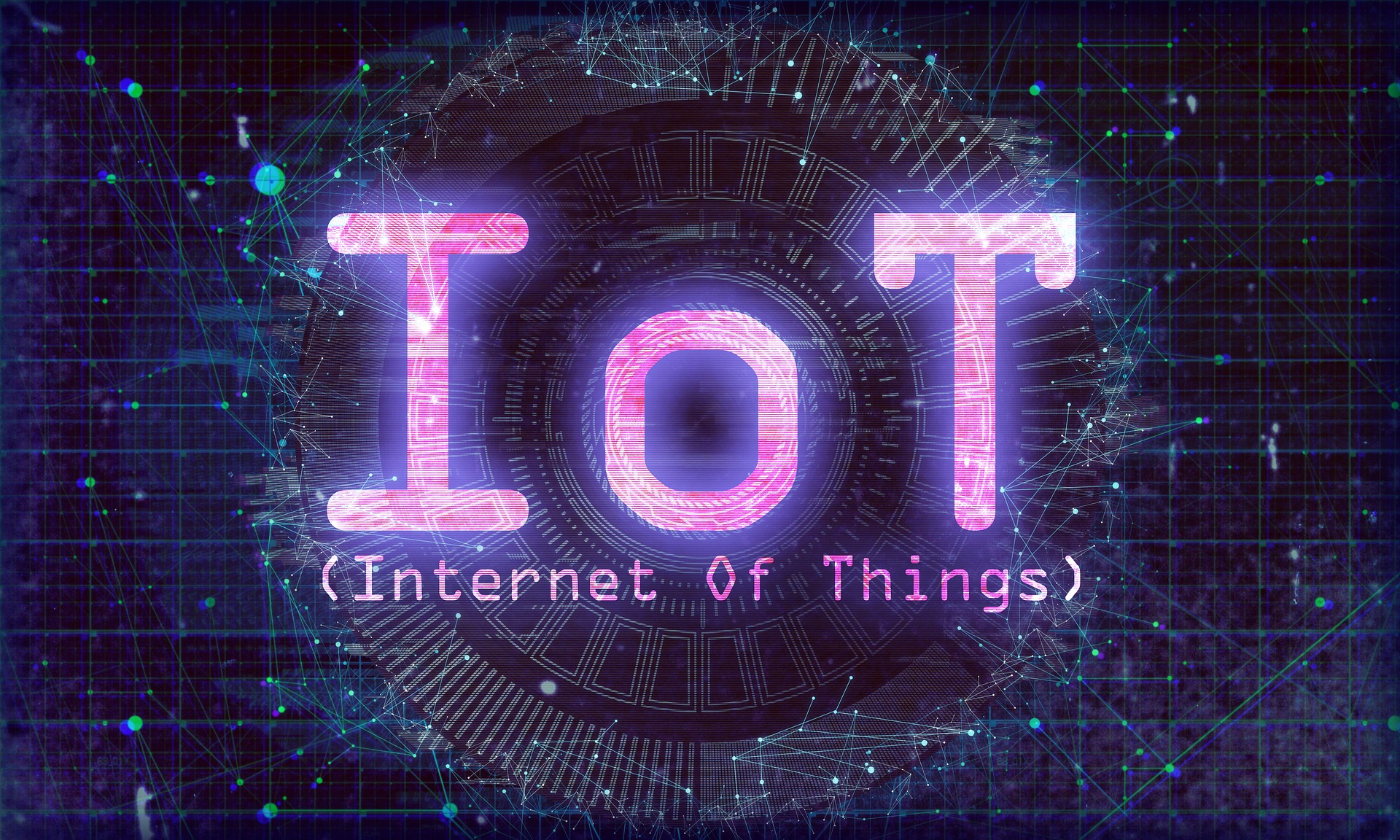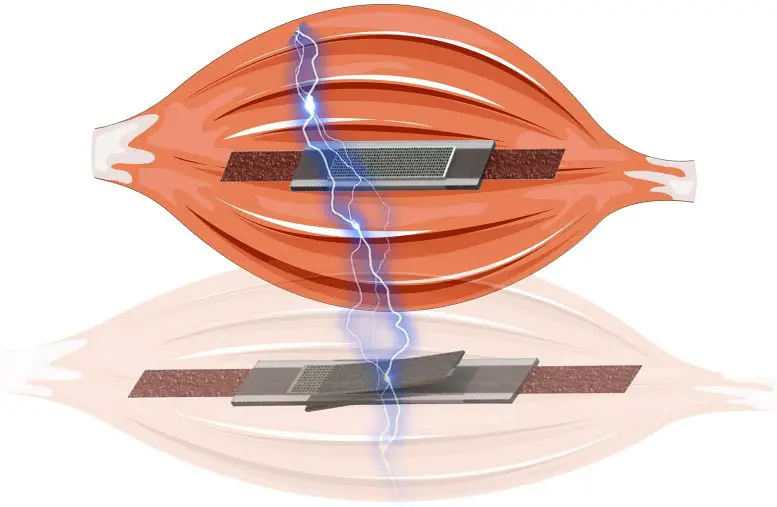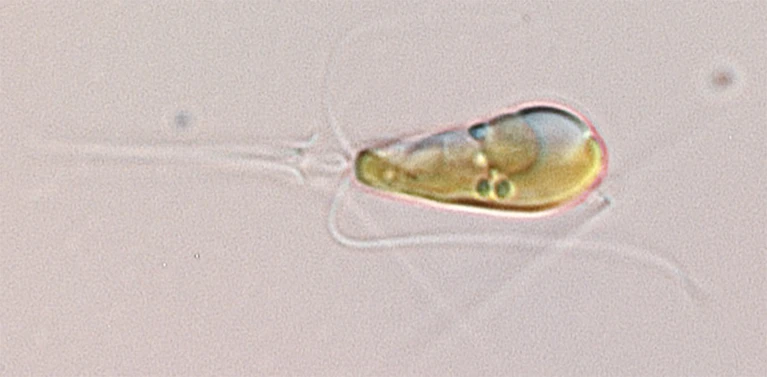The internet of things (IoT) and by extension the Industrial Internet of Things (IIoT) are already here, so the question of how to implement them in the most beneficial way is now raised more often than ever before. From production monitoring to advanced information sharing and real-time analytics, IoT can enable manufacturing operations that were previously impossible or simply not feasible. By next year, industrial manufacturing units around the world will be deploying 3 million IoT devices, so here is an overview of where these will fit in the context of industrial manufacturing.
- Get deeper manufacturing insight – Getting rich sets of data right from the action field is becoming possible through IIoT devices that can be configured to send everything to a central processing unit in real-time. From measuring performance indexes to counting service hours and performing preventive maintenance, it all gets more accurate and more accessible now.
- Establish better communication – Leave the “traditional” emails behind and hop to the wagon of internal network connectivity and all the goodies that come with it. Communication-focused IIoT devices can help production units and technical teams stay on the same page during any stage of a project, coordinate, and get things done with minimal misunderstandings.
- Give new breath to legacy machines – Using modular solutions, one can be saved from the cost of buying a fully-fledged brand new production machine. A kit/set of IIoT devices that are made to be integrated into existing equipment is the ideal and most economical way to go in many cases.
- Connect your whole enterprise – If you are operating multiple units that are far from one another, the only way to make wide-spectrum and well-informed decisions is by connecting them via IIoT, and under a common processing platform. With ERP integration, you can now feed large volumes of data to it that originate from various facilities and adjust the production to meet the ever-changing requirements.







